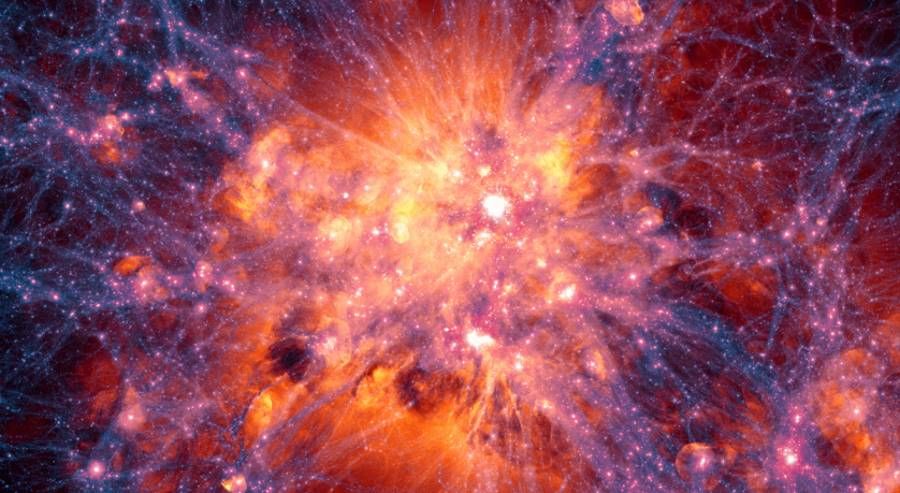Missing matter in the Universe has been found
In the Universe we observe, only 5 percent of the. is ordinary matter, whichora makes up everything we can see – From stars and galaxies to humans and animals. The rest are the so-called “fossil planets”. dark matter and dark energy, whichor which we are currently unable to detect directly. But even these 5 percent. is proving difficult to locate.
Ordinary matter comprising headownie of particles known as baryons, is called baryonic matter. To date, astrophysicists have been able to locate about twooch thirds of this matter, whichora according to theoristsow was created by the Big Bang. In a study published in the pages of „Nature” study international teamo³ scientistsow has pointed to evidence of finding the missing third of matter, locating it in the space between galaxies.
This discovery is an important step for astrophysics. The research was led by Fabrizio Nicastro of Italy’s Istituto Nazionale di Astrofisica (INAF). Along with wspoHe used the ESA’s XMM-Newton space observatory, with which theorego can observe the Universe in the ultraviolet and X-rays.
The amount of matter in the Universe can be estimated using observations of the microwave background radiation, whichore is also called relic radiation. This radiation is a remnant of the early stages of the evolution of the Universe.
Researchers have already suspected that the missing baryonic matter is accumulated in the atmospheres of planetsoknach of the cosmic web in intergalactic space, where it is difficult to observe due to its lower density.
XMM-Newton has been pointed at a quasar named 1ES 1553 4 billion light years away from us. It is a massive galaxy with a supermassive black hole at its center, whichora absorbs and spits out huge amounts of gas. – This black hole is actually a very bright beacon in space – said Michael Shull of the University of Colorado Boulder, cooroutor’s research. This active black hole is visible in the X-ray range to radio waves.
By recording how radiation from a quasar passes through space, scientists are able to gather a lot of information. Thanks to the observations of the teamoł researchers discovered oxygen signatures in the diffuse, hot intergalactic gas located between Quasar and the Solar System. This gas has sufficient density to account for the missing 30 percent of the. of ordinary matter in the Universe.
It is in this hot intergalactic gas that there is a huge reservoir of compoundsoin the chemical. – We found the missing barions – said Shull, and added that galaxies and quasars have been spewing this gas into space for billions of years.
Why the missing baryons were so difficult to detect? One of the reasonsow is that the density of baryonic matter in the ownoknach of the cosmic web is very low. Another reason is that the high temperature in the innoknach causes that the most abundant element (wodo(r) is almost completely ionized, which means that it has no electronoin to produce spectral features, whichore could be used to detect it.
However, there may be traces of heavier elementsow, such as oxygen, in ktorich are bound by someore electrony. These ions can produce detectable (but very weak) spectral features, usually in the X-ray regions.
